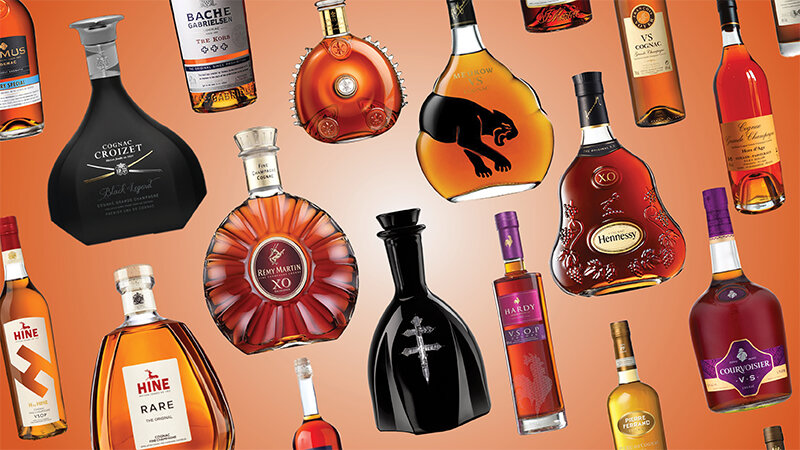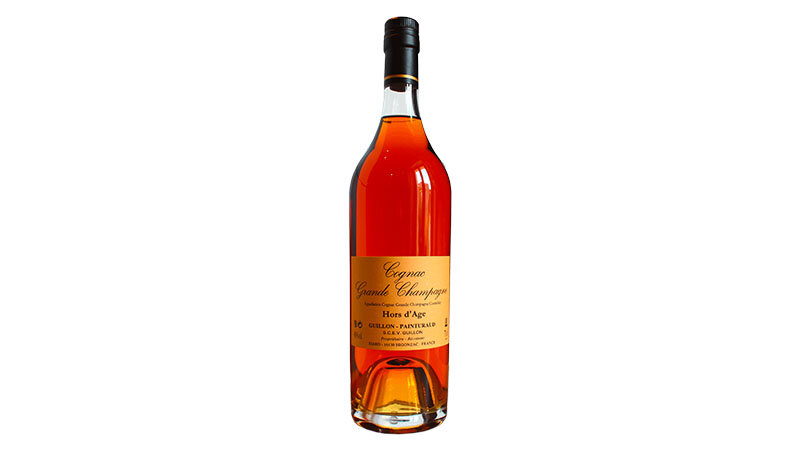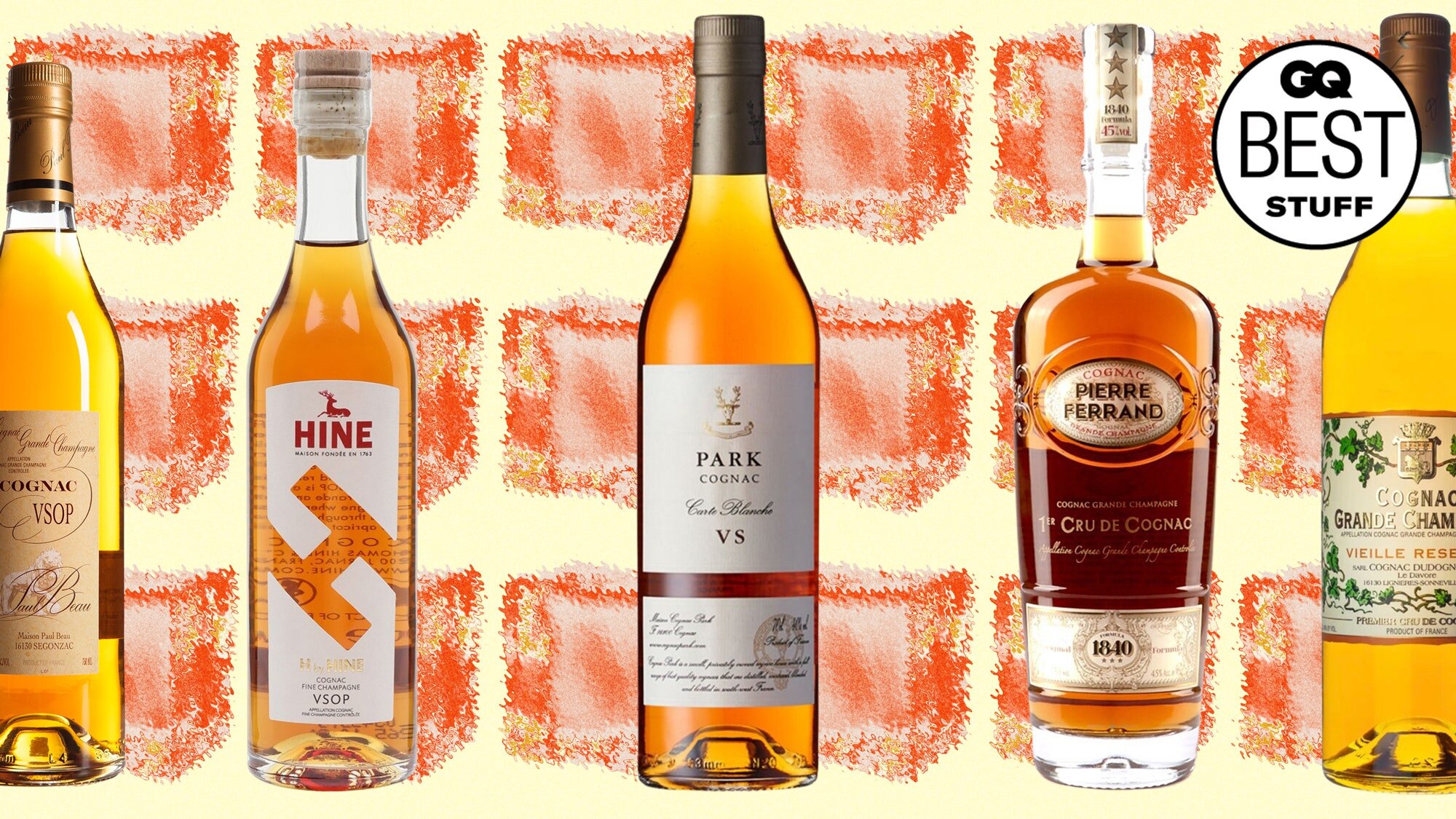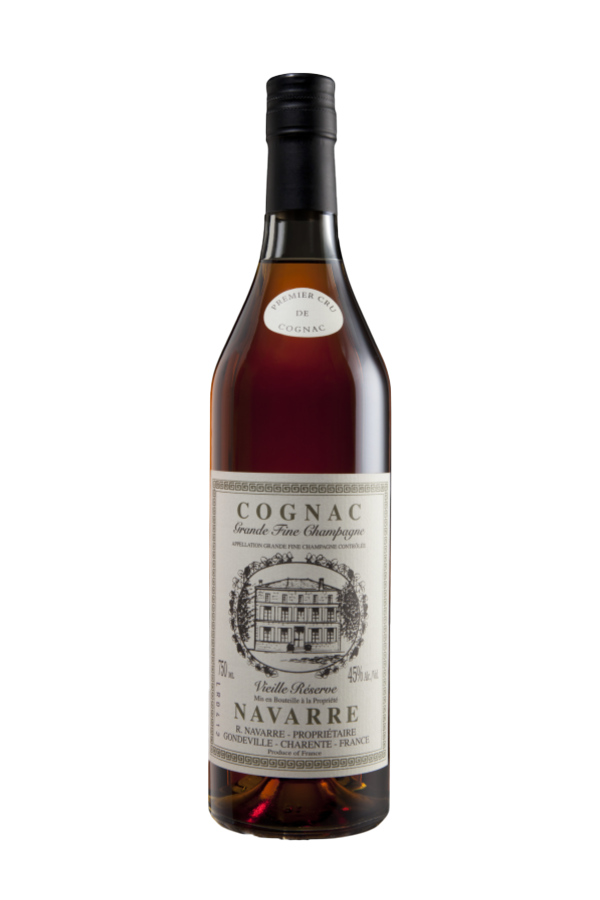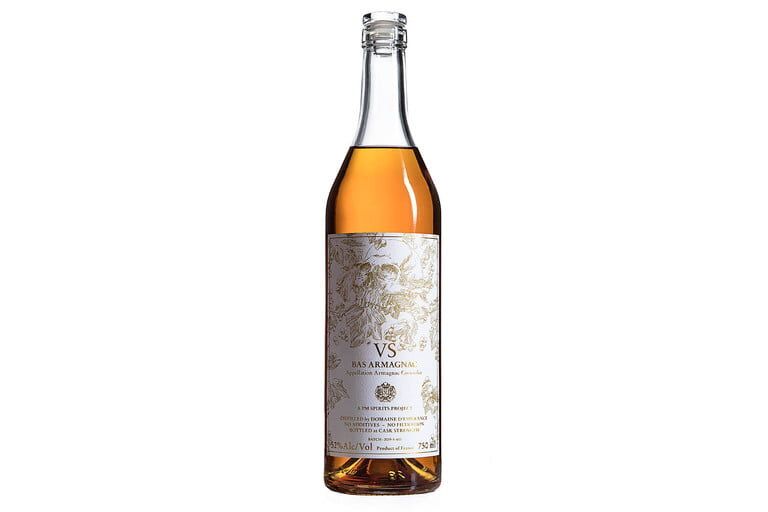Cognac is the perfect aperitif, it’s rich, complex, aromatic, and ideal for aiding digestion after a delicious, filling meal. It’s also an excellent addition in classic cocktails like a sidecar or as a twist on others like a French 75 or Old Fashioned. The Cognac region, in southwest France, is the only place in the world where it can be produced. Within it, there are six growing regions, known as crus. Strict laws dictate that the specific grape varietals (Ugni Blanc is the most common) must come from here. Plus, producers must also adhere to distillation processes and time and aging protocols to bear the name Cognac. Many Maisons (houses) have been making cognac from these vineyards for hundreds of years. They’ve passed knowledge down from generation to generation, perfecting every drop of the amber liquid that gets bottled.
20. Guillon Painturaud
Patience is the key ingredient that makes the cognac from Guillon Painturaud so good. It’s a small, family-owned producer, who’s Grande Champagne estate has been in the family since 1610. The youngest offering in their collection of nearly ten styles is the VSOP, which has aged for five years and is bold and balanced, displaying all the unique terroir characteristics. There’s also a Reserve, or XO equivalent, with toasted, vanilla, and spice notes with a deep finish. It ages for ten years. Decades of aging go into the Hors Age, resulting in candied apricot and citrus notes, with touches of wood and chocolate. The oldest in the collection is the Cognac Mémoires, which marks the generational change and transmission of knowledge from grandfather to grandson in 1965. It’s limited and rare but boasts and deep intensity and aromatic complexity.

